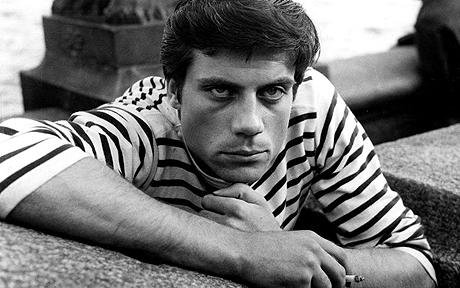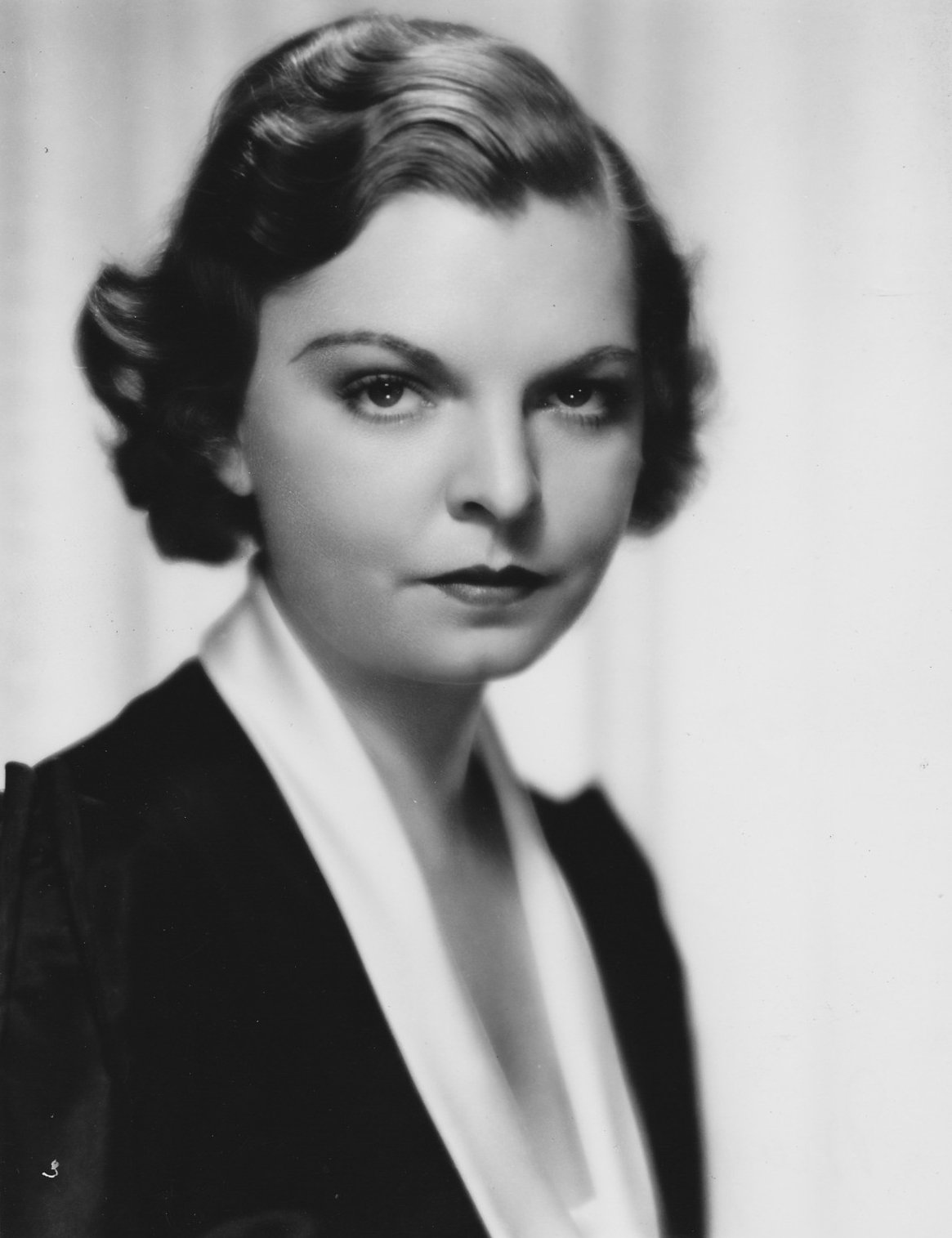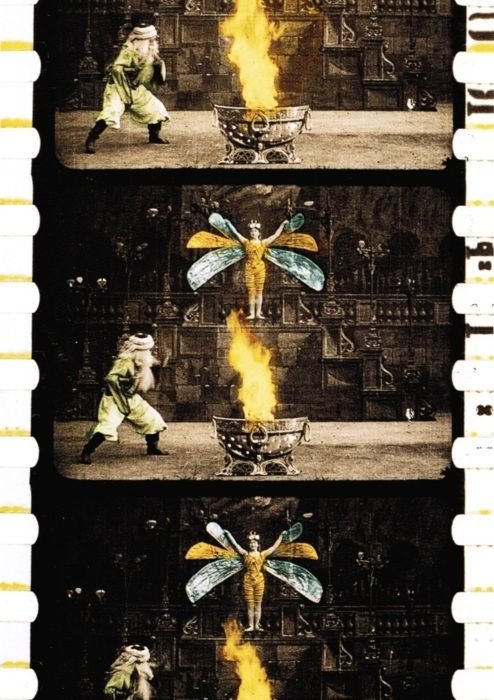
Méliès and “The Divisible Man”
Georges Méliès reimagined physics. And, in the process, put to shame Leonardo da Vinci’s Vitruvian Man. Renaissance empiricism was, momentarily, kaput. If one had a mind to catalogue Méliès’ ingenious transformations, then a plausible title might be “The Divisible Man”: detachable head, multiplying detachable head, expanding detachable head, the head as heavenly body, the body smithereened and reassembled… But of course a modern, tech-based art form like cinema makes “originality” itself suspect. Méliès cannibalized the works of Verne, H.G. Wells and Poe, or poached from their hunting grounds, without worrying in the least about copyright, and documented the same sorts of fantastic voyages to the moon, the south pole and the ocean floor, by outsize, inhabited artillery shell, by balloon or airship, rocket-train, or whatever fantastical machine could be cobbled together in his greenhouse studio. While the literary fantasists were somewhat concerned with credibility, with the science part of science fiction, the Frenchman with the upside-down head (bald top, hairy underside) focussed purely on visual possibilities: an idea was only any good if it gave you an IMAGE.

The Unquiet Man
"I know what you're going to do," director Richard Lester told actor Oliver Reed before a take, "You're going to whisper three lines and shout the fourth." And indeed, Reed, nephew of the esteemed filmmaker Carol (The Third Man) Reed, would boast of being "the sound man's enemy" due to his unpredictable delivery: because sometimes, in fact, it might be the third, or second, or first line that got shouted.

Mayo Methot: More Than You Know
The sad passing of Lauren Bacall [August 12, 2014], aged 89, leads to various melancholy reflections, among them the fact that the previous Mrs. Bogart, Mayo Methot, seems now completely forgotten, remembered only as a footnote labeled “mean drunk.”
Peter Lorre, it was said, once drolly offered to demonstrate what a volatile couple Humphrey and his first spouse were, sidling past them and uttering only the words “General MacArthur.” Within a minute of this verbal depth charge being released, Methot was clawing her husband’s face open while he attempted to club his better half unconscious with a whiskey glass. But when not engaged in such charming interplay, Methot was a riveting screen personality whose appeal is more or less diametrically opposite to that of her successor.

Tinted Wraith
Magic mirrors; celestial mandalas; a sinuous puppet rising like a malign concertina from a well.
Segundo de Chomόn is such a significant player in film history that it’d be possible to fill an article with his achievements without even describing the films he made at all – special effects artist, photographer, director, he refined color cinematography, combined live action with animation, and built the first camera dolly. The hundreds of films he worked on span the full range of early cinema, from one-shot travelogues in 1903 to Abel Gance’s Napoleon in 1927, for which he devised special effects, he was in the forefront of movie magic his entire life, but the films he’s chiefly remembered for are in the Méliès vein.

